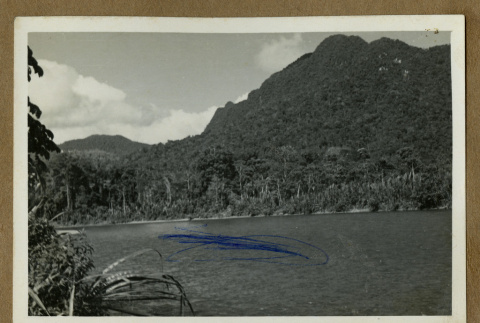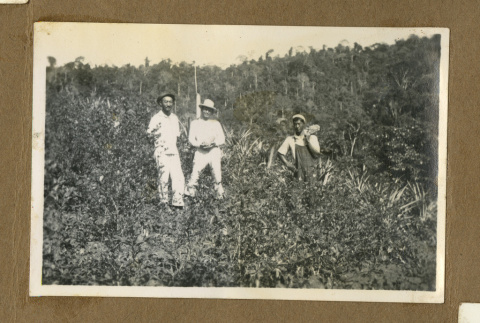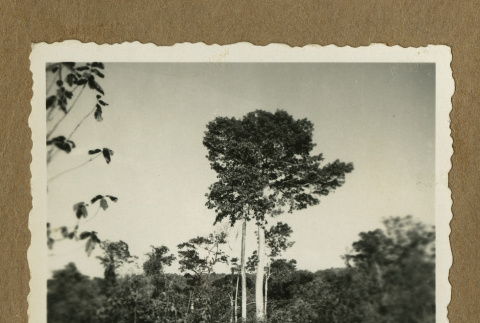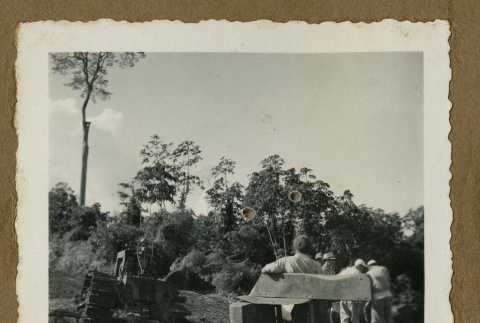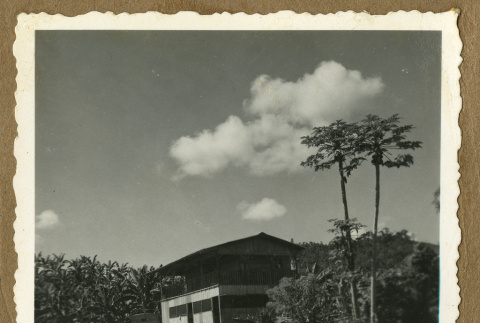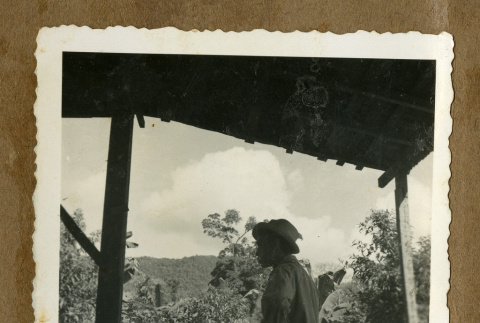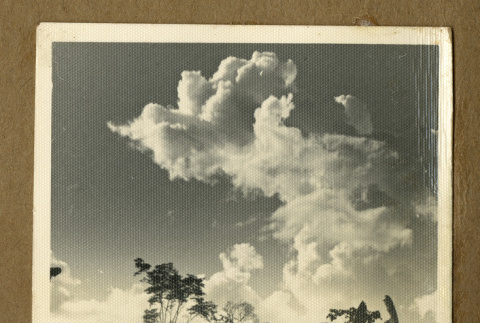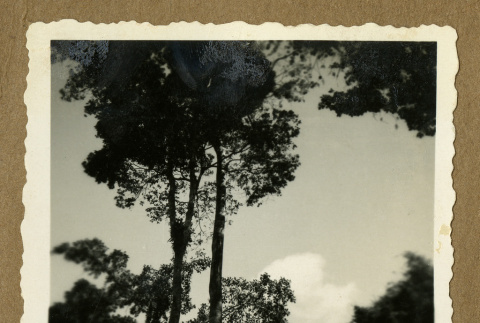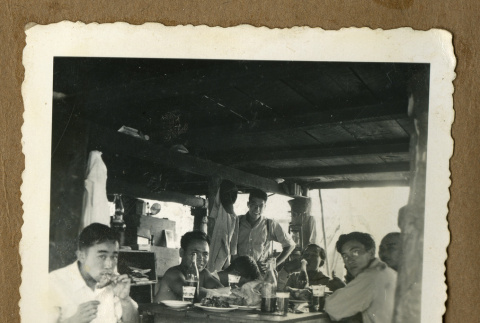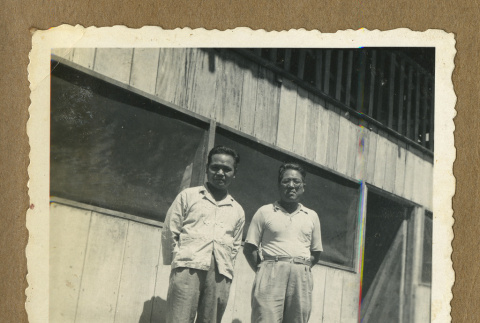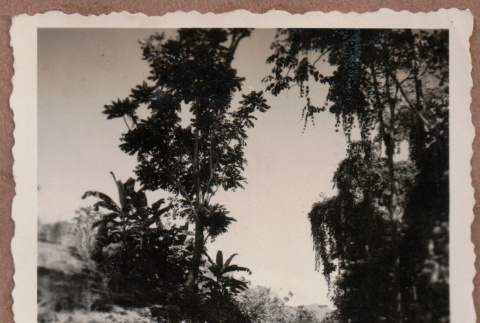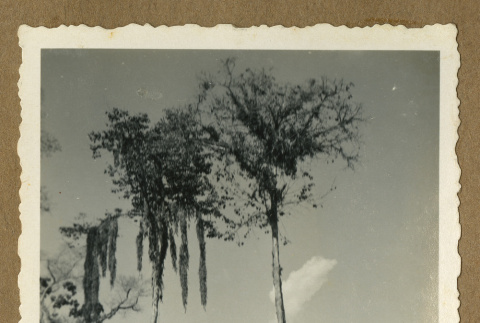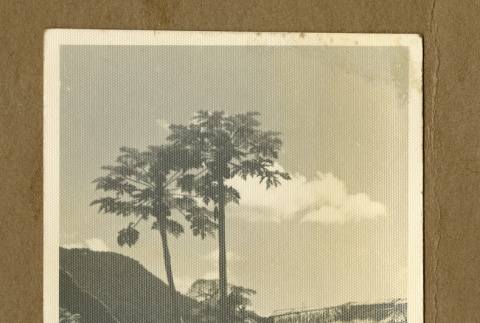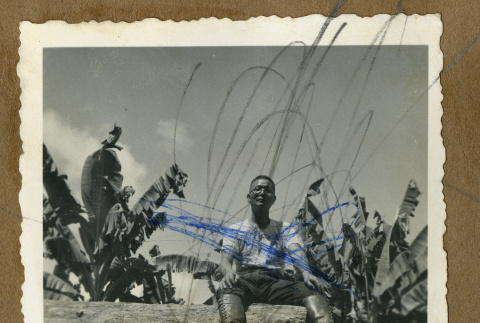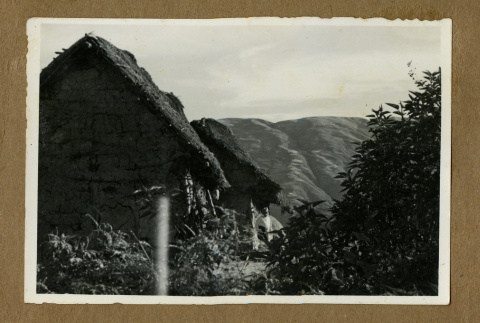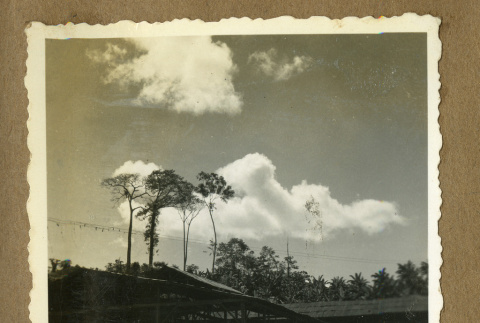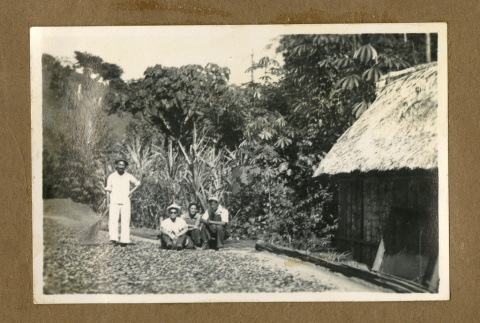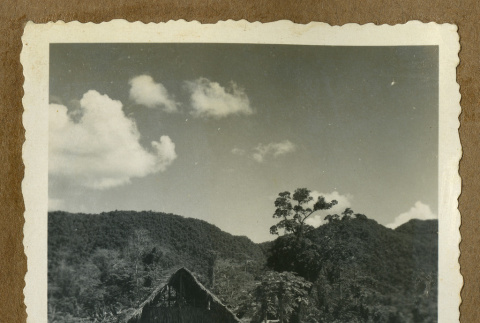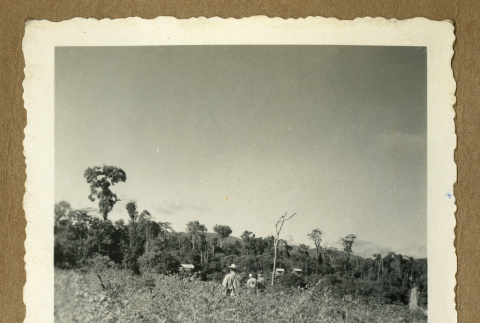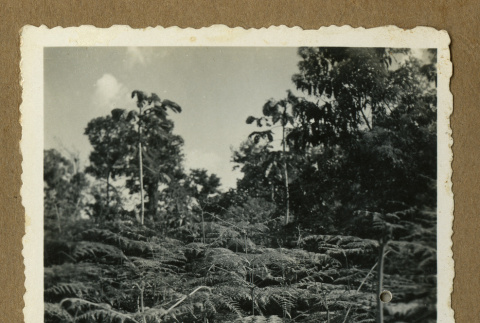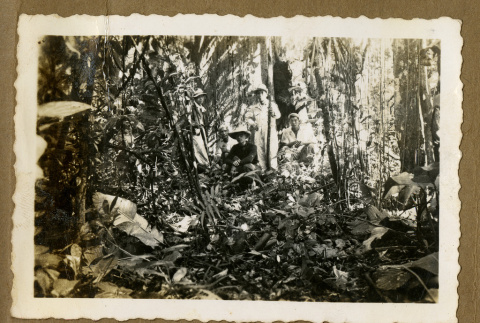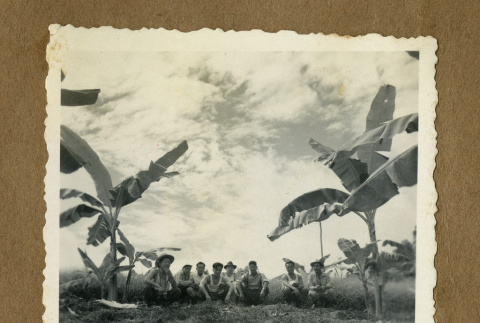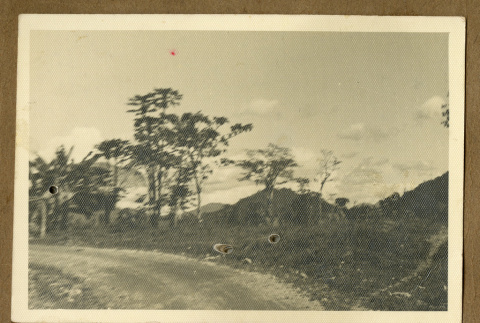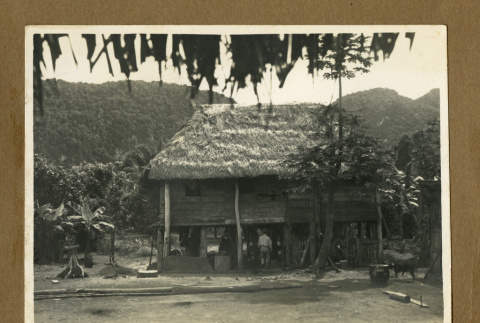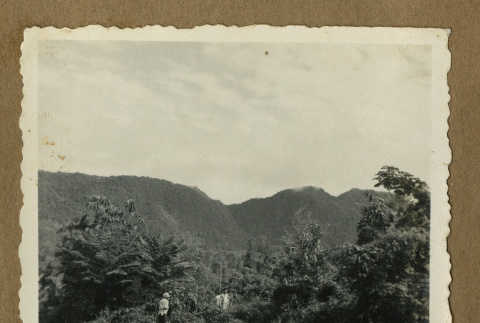Timber
Japanese immigrants (Issei) replaced Chinese workers after the 1882 Chinese Exclusion Act went into effect. Laborers were recruited by contracting companies to cut timber and work in sawmills. In rare instances, Issei women joined their husbands, living among the other workers in segregated shantytowns.
Industry and employment
(481)
Timber
(168)
168 items
168 items

img
River and mountains (ddr-csujad-33-175)
Photographed are a river and mountains in Peru. A photo from an album: Colonisation Japonaise au Perou (csudh_cjp_0001), page 28. See this object in the California State Universities Japanese American Digitization project site: cjp_01_28_176
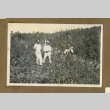
img
Japanese Peruvian workers (ddr-csujad-33-69)
Photographed are Japanese Peruvian workers standing in a nursery. A photo from an album: Colonisation Japonaise au Perou (csudh_cjp_0001), page 15. See this object in the California State Universities Japanese American Digitization project site: cjp_01_15_069
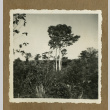
img
Plantation (ddr-csujad-33-110)
Photographed are trees in a plantation in Peru. A photo from an album: Colonisation Japonaise au Perou (csudh_cjp_0001), page 19. See this object in the California State Universities Japanese American Digitization project site: cjp_01_19_109
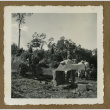
img
Japanese Peruvians with a logging equipment (ddr-csujad-33-73)
Photographed are Japanese Peruvians and a logging equipment in a plantation. A photo from an album: Colonisation Japonaise au Perou (csudh_cjp_0001), page 16. See this object in the California State Universities Japanese American Digitization project site: cjp_01_16_073

img
Plantation building (ddr-csujad-33-106)
Photographed is a building in a plantation in Peru. A photo from an album: Colonisation Japonaise au Perou (csudh_cjp_0001), page 19. See this object in the California State Universities Japanese American Digitization project site: cjp_01_19_105
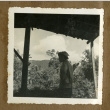
img
Japanese Peruvian man (ddr-csujad-33-85)
Photographed is a Japanese Peruvian man in a plantation building. A photo from an album: Colonisation Japonaise au Perou (csudh_cjp_0001), page 17. See this object in the California State Universities Japanese American Digitization project site: cjp_01_17_085
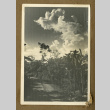
img
Road in a plantation (ddr-csujad-33-163)
Photographed is a road in a plantation in Peru. A photo from an album: Colonisation Japonaise au Perou (csudh_cjp_0001), page 26. See this object in the California State Universities Japanese American Digitization project site: cjp_01_26_162

img
Plantation (ddr-csujad-33-120)
Photographed are trees in a plantation in Peru. A photo from an album: Colonisation Japonaise au Perou (csudh_cjp_0001), page 20. See this object in the California State Universities Japanese American Digitization project site: cjp_01_20_119
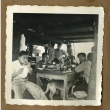
img
Japanese Peruvian workers (ddr-csujad-33-101)
Photographed are Japanese Peruvian plantation workers having a meal inside a building. A photo from an album: Colonisation Japonaise au Perou (csudh_cjp_0001), page 18. See this object in the California State Universities Japanese American Digitization project site: cjp_01_18_100
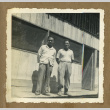
img
Japanese Peruvian men (ddr-csujad-33-104)
Photographed are two Japanese Peruvian men standing in front of a building. A photo from an album: Colonisation Japonaise au Perou (csudh_cjp_0001), page 19. See this object in the California State Universities Japanese American Digitization project site: cjp_01_19_103

img
Japanese Peruvian man (ddr-csujad-33-68)
Photographed is a Japanese Peruvian man standing on a road in a plantation. A photo from an album: Colonisation Japonaise au Perou (csudh_cjp_0001), page 15. See this object in the California State Universities Japanese American Digitization project site: cjp_01_15_068
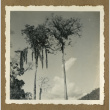
img
Plantation (ddr-csujad-33-112)
Photographed are trees in a plantation in Peru. A photo from an album: Colonisation Japonaise au Perou (csudh_cjp_0001), page 19. See this object in the California State Universities Japanese American Digitization project site: cjp_01_19_111
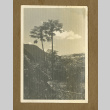
img
Plantation (ddr-csujad-33-161)
Photographed are trees in a plantation in Peru. A photo from an album: Colonisation Japonaise au Perou (csudh_cjp_0001), page 26. See this object in the California State Universities Japanese American Digitization project site: cjp_01_26_160

img
Japanese Peruvian logger (ddr-csujad-33-136)
Photographed is a Japanese Peruvian logger. A photo from an album: Colonisation Japonaise au Perou (csudh_cjp_0001), page 23. See this object in the California State Universities Japanese American Digitization project site: cjp_01_23_134
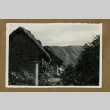
img
Japanese Peruvians housing (ddr-csujad-33-167)
Photographed are buildings for Japanese Peruvian workers in a plantation. A photo from an album: Colonisation Japonaise au Perou (csudh_cjp_0001), page 27. See this object in the California State Universities Japanese American Digitization project site: cjp_01_27_168
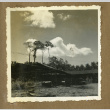
img
Logging factory (ddr-csujad-33-102)
Photographed is probably a logging factory in Peru. A photo from an album: Colonisation Japonaise au Perou (csudh_cjp_0001), page 19. See this object in the California State Universities Japanese American Digitization project site: cjp_01_19_101
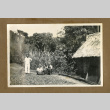
img
Japanese Peruvian workers and house (ddr-csujad-33-63)
Photographed are male Japanese Peruvian plantation workers posed in front of their house. A photo from an album: Colonisation Japonaise au Perou (csudh_cjp_0001), page 14. See this object in the California State Universities Japanese American Digitization project site: cjp_01_14_063
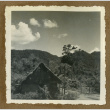
img
Plantation (ddr-csujad-33-134)
Photographed are mountains and a barn for Japanese Peruvian plantation workers. A photo from an album: Colonisation Japonaise au Perou (csudh_cjp_0001), page 23. See this object in the California State Universities Japanese American Digitization project site: cjp_01_23_132

img
Japanese Peruvian workers (ddr-csujad-33-117)
Photographed are Japanese Peruvian workers in a field that appears to be a nursery. A photo from an album: Colonisation Japonaise au Perou (csudh_cjp_0001), page 20. See this object in the California State Universities Japanese American Digitization project site: cjp_01_20_116
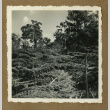
img
Plantation (ddr-csujad-33-111)
Photographed are trees in a plantation in Peru. A photo from an album: Colonisation Japonaise au Perou (csudh_cjp_0001), page 19. See this object in the California State Universities Japanese American Digitization project site: cjp_01_19_110

img
Japanese Peruvian worker (ddr-csujad-33-164)
Photographed is a Japanese Peruvian male worker in a plantation in Peru. A photo from an album: Colonisation Japonaise au Perou (csudh_cjp_0001), page 27. See this object in the California State Universities Japanese American Digitization project site: cjp_01_27_163

img
Japanese Peruvian workers (ddr-csujad-33-81)
Photographed are Japanese Peruvians sitting in a plantation. A photo from an album: Colonisation Japonaise au Perou (csudh_cjp_0001), page 17. See this object in the California State Universities Japanese American Digitization project site: cjp_01_17_081
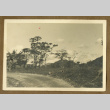
img
Road in a plantation (ddr-csujad-33-190)
Photographed is a road in a plantation. A photo from an album: Colonisation Japonaise au Perou (csudh_cjp_0001), page 30. See this object in the California State Universities Japanese American Digitization project site: cjp_01_30_192
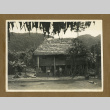
img
Plantation building (ddr-csujad-33-52)
Photographed is a building for Japanese Peruvian plantation workers. A photo from an album: Colonisation Japonaise au Perou (csudh_cjp_0001), page 11. See this object in the California State Universities Japanese American Digitization project site: cjp_01_11_052
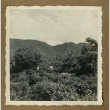
img
Plantation (ddr-csujad-33-113)
Photographed are trees in a plantation in Peru. A photo from an album: Colonisation Japonaise au Perou (csudh_cjp_0001), page 19. See this object in the California State Universities Japanese American Digitization project site: cjp_01_19_112
